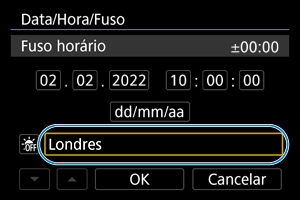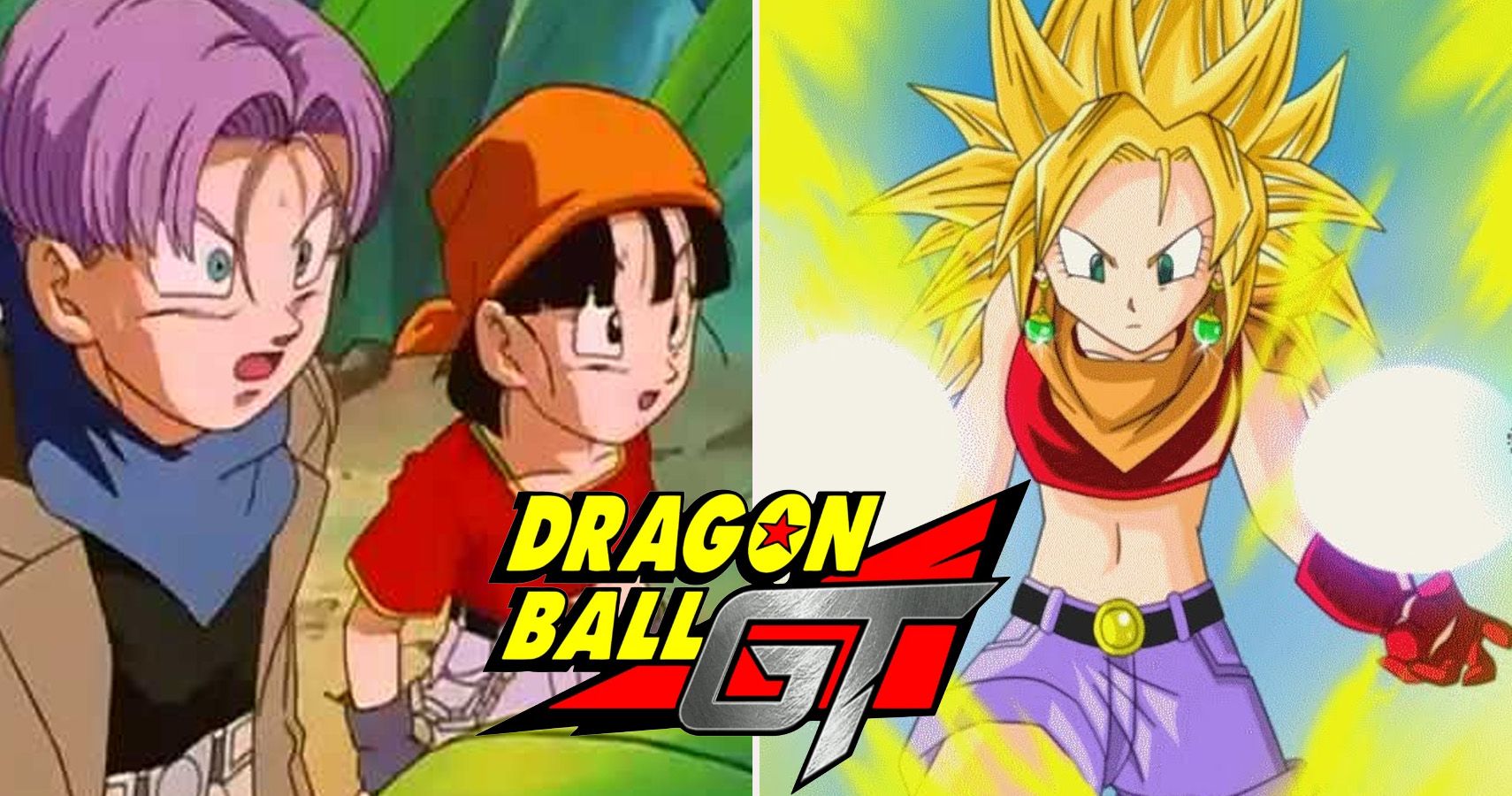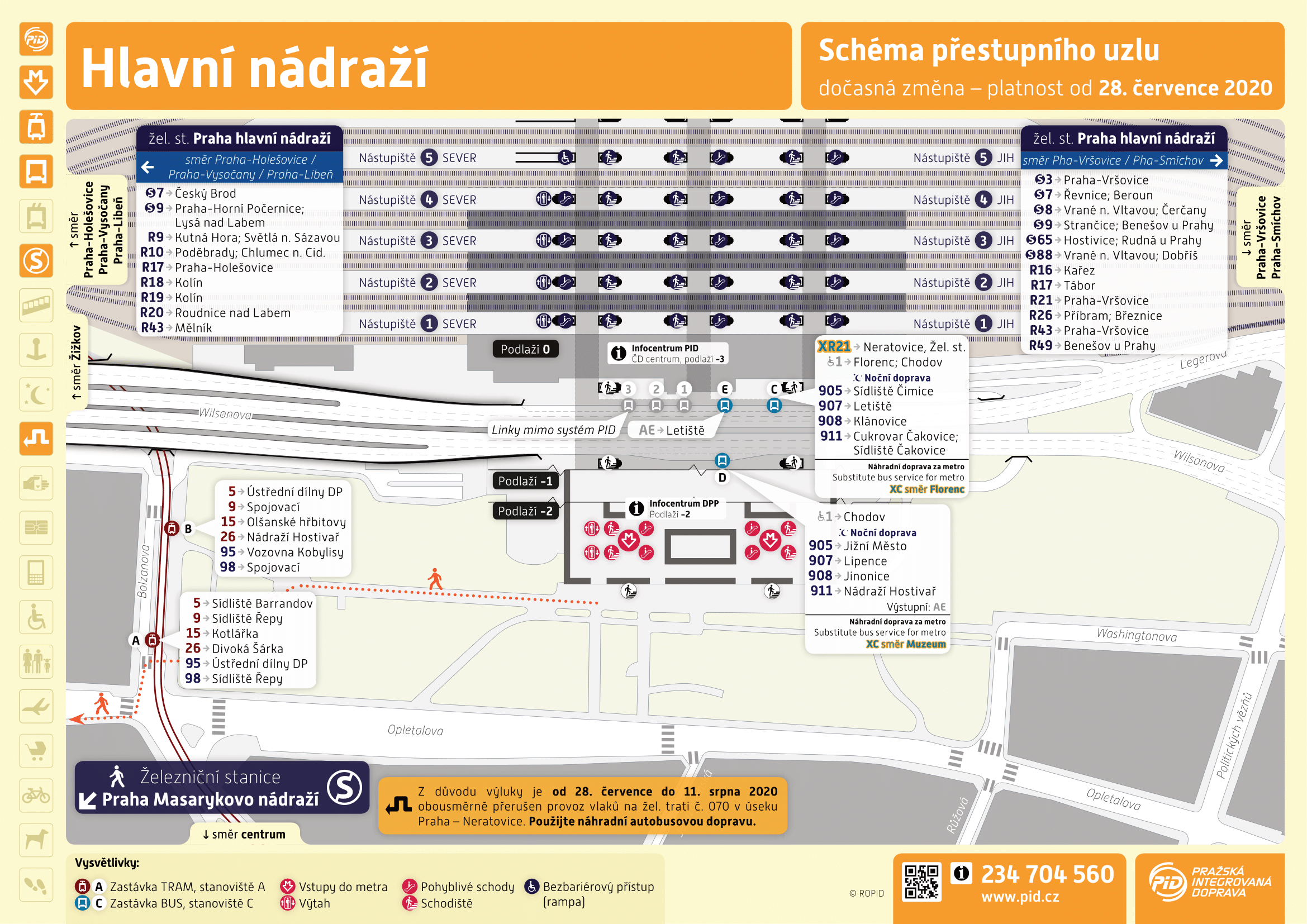Evolutionary analysis of endogenous intronic retroviruses in primates reveals an enrichment in transcription binding sites associated with key regulatory processes [PeerJ]
Por um escritor misterioso
Last updated 05 novembro 2024
![Evolutionary analysis of endogenous intronic retroviruses in primates reveals an enrichment in transcription binding sites associated with key regulatory processes [PeerJ]](https://dfzljdn9uc3pi.cloudfront.net/2022/14431/1/fig-1-2x.jpg)
Background Endogenous retroviruses (ERVs) are the result of the integration of retroviruses into host DNA following germline infection. Endogenous retroviruses are made up of three main genes: gag, pol, and env, each of which encodes viral proteins that can be conserved or not. ERVs have been observed in a wide range of vertebrate genomes and their functions are associated with viral silencing and gene regulation. Results In this work, we studied the evolutionary history of endogenous retroviruses associated with five human genes (INPP5B, DET1, PSMA1, USH2A, and MACROD2), which are located within intron sections. To verify the retroviral origin of the candidates, several approaches were used to detect and locate ERV elements. Both orthologous and paralogous genes were identified by Ensembl and then analyzed for ERV presence using RetroTector. A phylogenetic tree was reconstructed to identify the minimum time point of ERV acquisition. From that search, we detected ERVs throughout the primate lineage and in some other groups. Also, we identified the minimum origin of the ERVs from the parvorder Catarrhini to the Homininae subfamily. Conclusions With the data collected, and by observing the transcription factors annotated inside ERVs, we propose that these elements play a relevant role in gene expression regulation and they probably possess important features for tumorigenesis control.
![Evolutionary analysis of endogenous intronic retroviruses in primates reveals an enrichment in transcription binding sites associated with key regulatory processes [PeerJ]](https://www.biorxiv.org/content/biorxiv/early/2022/10/08/2022.10.08.511447/F6.large.jpg)
Skipper analysis of RNA-protein interactions highlights depletion
![Evolutionary analysis of endogenous intronic retroviruses in primates reveals an enrichment in transcription binding sites associated with key regulatory processes [PeerJ]](https://royalsocietypublishing.org/cms/asset/ddc3bf1c-1957-42f0-9669-56c562490bb5/rstb20120507f04.jpg)
Paleovirology of 'syncytins', retroviral env genes exapted for a
![Evolutionary analysis of endogenous intronic retroviruses in primates reveals an enrichment in transcription binding sites associated with key regulatory processes [PeerJ]](https://www.biorxiv.org/content/biorxiv/early/2022/10/08/2022.10.08.511447/F4.large.jpg)
Skipper analysis of RNA-protein interactions highlights depletion
![Evolutionary analysis of endogenous intronic retroviruses in primates reveals an enrichment in transcription binding sites associated with key regulatory processes [PeerJ]](https://cdnsciencepub.com/cms/10.1139/gen-2020-0104/asset/images/large/gen-2020-0104f2.jpeg)
Transcriptional enhancers: from prediction to functional
![Evolutionary analysis of endogenous intronic retroviruses in primates reveals an enrichment in transcription binding sites associated with key regulatory processes [PeerJ]](https://www.frontiersin.org/files/MyHome%20Article%20Library/315540/315540_Thumb_400.jpg)
Frontiers Investigation of Endogenous Retrovirus Sequences in
![Evolutionary analysis of endogenous intronic retroviruses in primates reveals an enrichment in transcription binding sites associated with key regulatory processes [PeerJ]](https://media.springernature.com/lw685/springer-static/image/art%3A10.1038%2Fs41588-022-01132-w/MediaObjects/41588_2022_1132_Fig3_HTML.png)
Hijacking of transcriptional condensates by endogenous
![Evolutionary analysis of endogenous intronic retroviruses in primates reveals an enrichment in transcription binding sites associated with key regulatory processes [PeerJ]](https://www.liebertpub.com/cms/10.1089/omi.2011.0118/asset/images/medium/figure1.gif)
clusterProfiler: an R Package for Comparing Biological Themes
![Evolutionary analysis of endogenous intronic retroviruses in primates reveals an enrichment in transcription binding sites associated with key regulatory processes [PeerJ]](https://media.springernature.com/m685/springer-static/image/art%3A10.1186%2Fs13059-019-1757-5/MediaObjects/13059_2019_1757_Fig6_HTML.png)
Multilayered control of exon acquisition permits the emergence of
![Evolutionary analysis of endogenous intronic retroviruses in primates reveals an enrichment in transcription binding sites associated with key regulatory processes [PeerJ]](https://pub.mdpi-res.com/viruses/viruses-15-01647/article_deploy/html/images/viruses-15-01647-g006.png?1690944976)
Viruses, Free Full-Text
![Evolutionary analysis of endogenous intronic retroviruses in primates reveals an enrichment in transcription binding sites associated with key regulatory processes [PeerJ]](https://pub.mdpi-res.com/cells/cells-08-00480/article_deploy/html/images/cells-08-00480-g004.png?1571560946)
Cells, Free Full-Text
Recomendado para você
-
 Canon: Manual do produto: EOS R10 : Data/Hora/Zona05 novembro 2024
Canon: Manual do produto: EOS R10 : Data/Hora/Zona05 novembro 2024 -
 Câmera Canon Eos R10 4k 24,2 Mp Com 18-150mm F/3.5 - 6.3 - Optisom05 novembro 2024
Câmera Canon Eos R10 4k 24,2 Mp Com 18-150mm F/3.5 - 6.3 - Optisom05 novembro 2024 -
PID on X: / X05 novembro 2024
-
 Cuba Mekal Linha Retta R10 Escovada 500X400 LR50 0103551605 novembro 2024
Cuba Mekal Linha Retta R10 Escovada 500X400 LR50 0103551605 novembro 2024 -
 Basquete Base: Vasco estreia na LDB Sub-22 neste domingo; veja o calendário de transmissões05 novembro 2024
Basquete Base: Vasco estreia na LDB Sub-22 neste domingo; veja o calendário de transmissões05 novembro 2024 -
 Find FC Barcelona Players' Matchday Playlists Here — Spotify05 novembro 2024
Find FC Barcelona Players' Matchday Playlists Here — Spotify05 novembro 2024 -
 Na despedida dos rebaixados, Goiás vence o América Mineiro05 novembro 2024
Na despedida dos rebaixados, Goiás vence o América Mineiro05 novembro 2024 -
 Cuba de Embutir Mekal - Retta LR-70 70x40x23 Escovado R1005 novembro 2024
Cuba de Embutir Mekal - Retta LR-70 70x40x23 Escovado R1005 novembro 2024 -
 Stream Lucas Feliciano music Listen to songs, albums, playlists for free on SoundCloud05 novembro 2024
Stream Lucas Feliciano music Listen to songs, albums, playlists for free on SoundCloud05 novembro 2024 -
Canon EOS R10 Mirrorless 4K com Lente 18-45mm STM - eMania Foto e Video05 novembro 2024
você pode gostar
-
 Street Fighter – Wikipédia, a enciclopédia livre05 novembro 2024
Street Fighter – Wikipédia, a enciclopédia livre05 novembro 2024 -
 One Piece Gear 5 ganha data no animê e trailer empolgante - JWave05 novembro 2024
One Piece Gear 5 ganha data no animê e trailer empolgante - JWave05 novembro 2024 -
 20 Strange Secrets We Didn't Know About Dragon Ball GT05 novembro 2024
20 Strange Secrets We Didn't Know About Dragon Ball GT05 novembro 2024 -
 Box Office: 'Ant-Man & Wasp: Quantumania' Worst Drop For Marvel Movie – Deadline05 novembro 2024
Box Office: 'Ant-Man & Wasp: Quantumania' Worst Drop For Marvel Movie – Deadline05 novembro 2024 -
 Free Photo Young woman enjoying the ocean breeze05 novembro 2024
Free Photo Young woman enjoying the ocean breeze05 novembro 2024 -
 ◓ Anime Pokémon Journeys (Pokémon Jornadas de Mestre) • Episódio 50: Fósseis de Galar! Cole-os juntos!!05 novembro 2024
◓ Anime Pokémon Journeys (Pokémon Jornadas de Mestre) • Episódio 50: Fósseis de Galar! Cole-os juntos!!05 novembro 2024 -
 Haruna Sairenji Bare Leg Bunny Ver To Love-Ru Darkness Figure05 novembro 2024
Haruna Sairenji Bare Leg Bunny Ver To Love-Ru Darkness Figure05 novembro 2024 -
 𝐌𝐞𝐠𝐮𝐫𝐮 𝐁𝐚𝐜𝐡𝐢𝐫𝐚 𝐈𝐜𝐨𝐧 em 202305 novembro 2024
𝐌𝐞𝐠𝐮𝐫𝐮 𝐁𝐚𝐜𝐡𝐢𝐫𝐚 𝐈𝐜𝐨𝐧 em 202305 novembro 2024 -
 Modulo Tilt Down Retrovisor Corolla Flexitron Ftd Ty-cr 1.005 novembro 2024
Modulo Tilt Down Retrovisor Corolla Flexitron Ftd Ty-cr 1.005 novembro 2024 -
 Times mais efetivos e menos efetivos em quartas de finais da05 novembro 2024
Times mais efetivos e menos efetivos em quartas de finais da05 novembro 2024
